
Primordial dwarfism is a rare disease and a form of dwarfism that results in a smaller body size in all stages of life. Moreover, the small size begins even before the birth, as a fetus. The primordial dwarfism differs from the other forms of dwarfism by the fact that all of the bones and organs of the patient’s body are proportionally smaller than in an average person. The disease is typically diagnosed even before the patient’s birth, when doctors detect a fetus that is very small for the gestational age. These children are also born with very low birth weights, and their growth continues at a stunned rate.
Types of primordial dwarfism
Primordial dwarfism divides into five different subtypes. These are the most severe forms of the dwarfism. These patients usually do not live past the age of 30, and they usually die because of cardiovascular problems.
Seckel Syndrome
Seckel Syndrome is the first type of primordial dwarfism, characterized by microcephaly. Microcephaly is a neurodevelopmental disorder in which the perimeter of the head is more than two standard deviations smaller than average for the person's age and sex. These patients may also suffer from scoliosis, hip dislocation, delayed bone age, radial head dislocation and seizures.
Osteodysplastic Primordial Dwarfism
This subtype comes in two different types: type I and type II
Osteodysplastic Primordial Dwarfism, Type I (ODPDI) is the second type of primordial dwarfism characterized by undeveloped corpus callosum of the brain. The corpus callosum connects the left and right cerebral hemispheres and facilitates their communication. These patients usually suffer from seizures and apnea; they have very thin hairs all over the body and have short vertebrae, elongated clavicles, bent femora and hip displacement.
Osteodysplastic Primordial Dwarfism, Type II (ODPDII) is the third sub-type of primordial dwarfism characterized by milder symptoms such as squeaky voice, small and widely spaced teeth, poor sleep patterns, delayed mental development, immune problems, breathing problems, eating problems, hyperactivity, farsightedness and brain aneurysms.
Russel-Silver Syndrome
Russel-Silver Syndrome is yet another sub-type of primordial dwarfism. These patients are usually a bit taller than the patients with other types of this disease. They usually have webbed toes, non-descended testicles, low muscle tone, thin upper lip, high voice, small chin and board forehead. Their heads are very large in comparison to their body size, and usually have a somewhat triangular shape. These patients often suffer from hypoglycemia.
Meier-Gorlin syndrome
This is the last sub-type of primordial dwarfism. Patients suffering from Meier-Gorlin syndrome often have small ears and no kneecaps. Their clavicles are curved, their ribs are extremely skinny, and their elbows are discolored. They are usually a bit taller than patients with Seckel Syndrome and osteodysplastic primordial dwarfism.


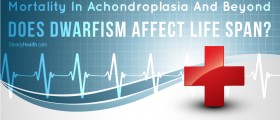

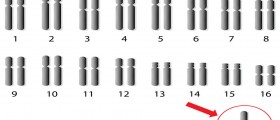
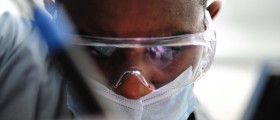
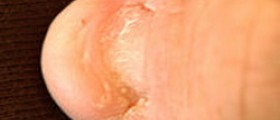
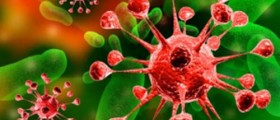





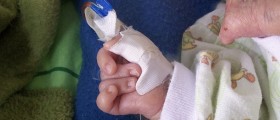

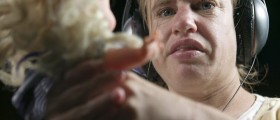

Your thoughts on this
Loading...